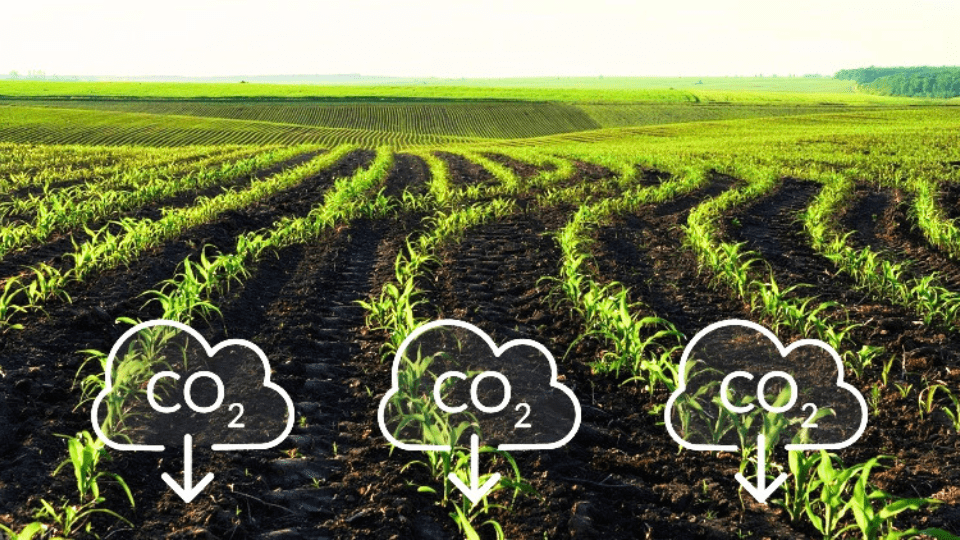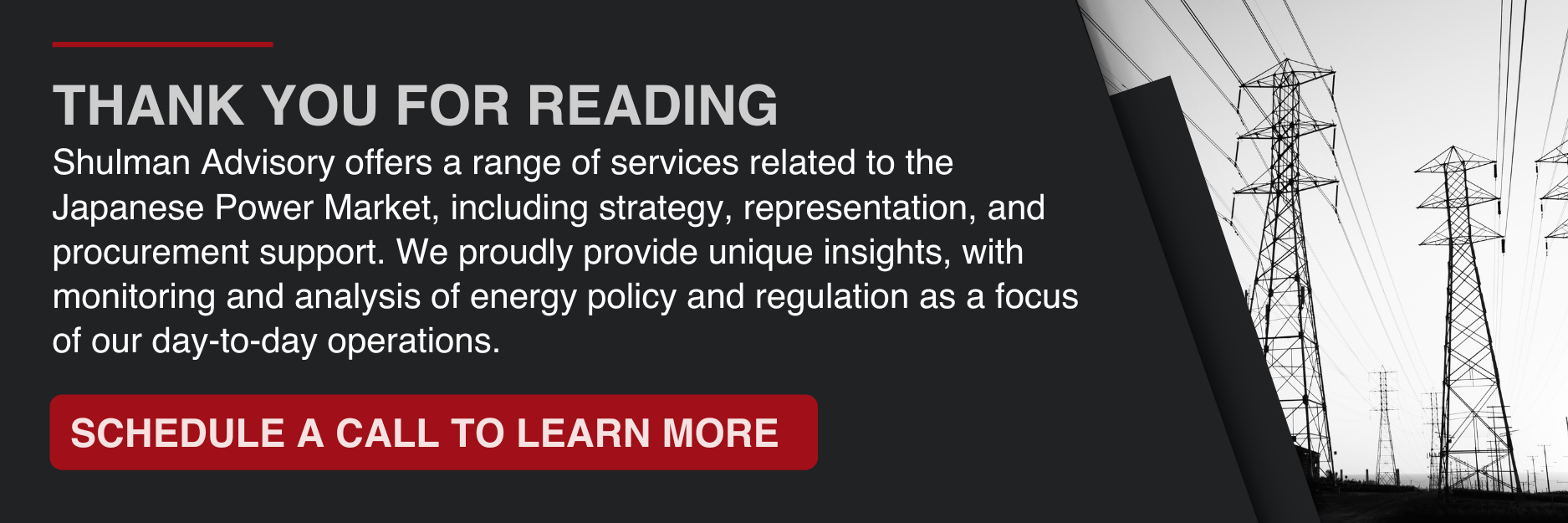Publication date: Dec 23, 2024
Japanese Carbon Farming Market Expected to Grow Twenty-Fold by 2030
Yano Research Institute released a forecast of the Japanese market for carbon farming, an agricultural method that fixes atmospheric carbon in soil and crops, based on a survey of trends. JPY396 million is expected for the market in FY2024, based on the amount paid by offset providers to growers and production organizations. Efforts in environmentally regenerative agriculture aimed at reducing greenhouse gas emissions will continue and revenue is projected to surpass JPY5 billion in FY2029 and more than JPY9 billion in FY2030.
Japan’s greenhouse gas emissions in FY2022 will amount to 1.135 billion tons of CO2 equivalent. According to the Ministry of Agriculture, Forestry, and Fisheries, the sector will account for 47.9 million tons, or 4.2% of total emissions. Emissions from the agricultural sector are mainly due to methane emissions from rice paddies, fermentation in the digestive tracts of livestock, and livestock waste management. Measures to reduce emissions in the agricultural sector are urgently needed, and environmentally regenerative agriculture, including carbon farming, is crucially important.
Challenges and Collaborative Solutions for Carbon Farming
Carbon farming was approved in March 2023 as a new methodology in the J-Credit system for rice paddy credits (a system under which the government certifies the amount of greenhouse gas reductions and absorption as credits). However, the hurdle is high for producers to do this alone, as J-credit registration requires meeting the “expected CO2 reduction/absorption of 100 tons or more,” the registration and credit issuance costs several JPY million, and the registration and application procedures are time-consuming.
Against this backdrop, a “Paddy Field Consortium” was launched in April 2023, which enabled the consortium participants (producers) to apply for J-credit registration to overcome the burdens jointly. Not only farmers and agricultural corporations but also business corporations are participating in the consortium, and currently, it is working with more than 300 companies.

________________________________________________________________________________________

